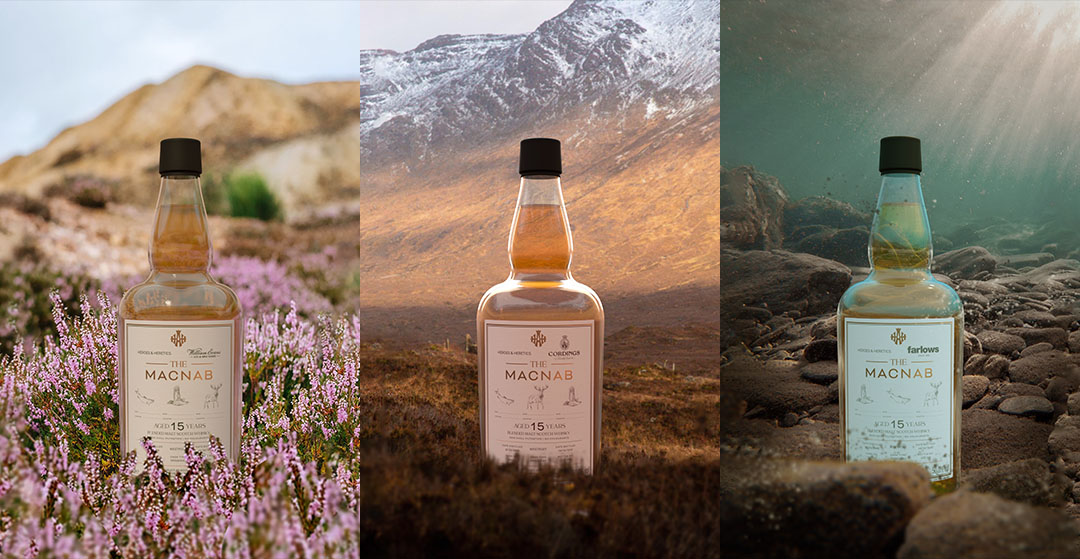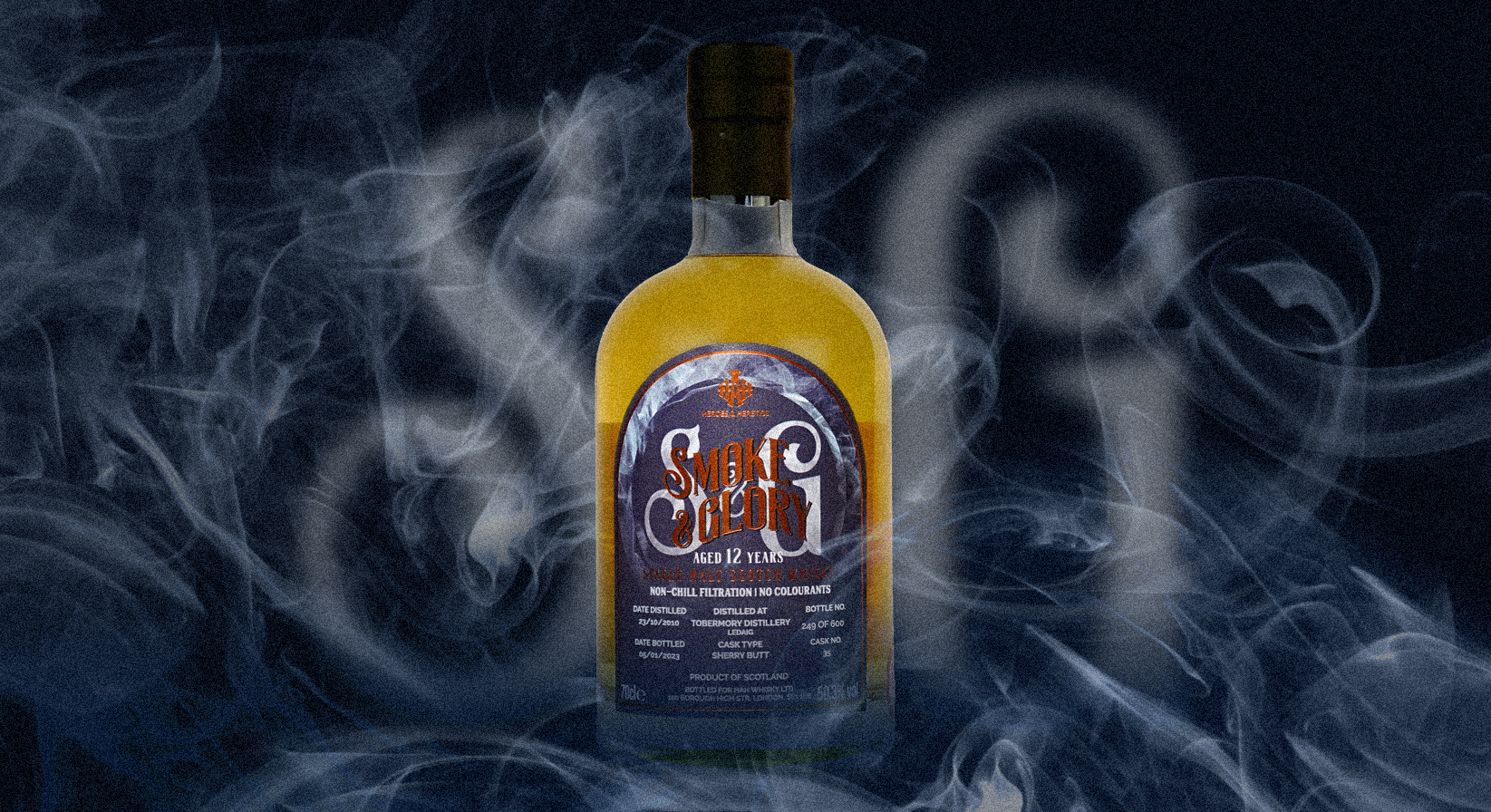I like to experience new things – whether it is new food tastes, cutting edge tech or exotic drinks. Not so long ago, if you raided my friend’s (and parents) drinks cabinet, it was a pretty sure bet what you would find. Gin, for gin and tonics; whisky for nightcaps; a bottle of brandy (mainly to light the Christmas pudding) and, if they were adventurous, maybe a few weird and wonderful bottles picked up from trips abroad. It was all very dull and vanilla. The change that has happened in a generation is dramatic. What adds to this shift in taste is the understanding of the backstories and origins of the ‘new’ drinks.
So, my quest is to explore the history and taste of some less well-known spirits. Though they might sound exotic at first, in their home countries, spirits like Arak, Slivovitz and Soju are drunk on every occasion. They are both very popular and yet relatively unknown in the UK and US. They also have some remarkable stories to tell, with much legend and myth.
And then there the remarkable story behind Absinthe. You see, Absinthe has been around a long time and has built a reputation as a killer drink. It is a distilled highly alcoholic beverage (45–74% ABV) with an anise-flavour. The flavour is derived from botanicals, including the flowers and leaves of Artemisia absinthium (grand wormwood), together with green anise, sweet fennel, and other medicinal and culinary herbs. It is commonly referred to in historical literature as ‘la fée verte’ (the green fairy).
I first had a taste a couple of years ago. It was remarkable in so far as it has a bright green colour and there is a real ritual in the consumption and preparation. As in many cultures, the ritualisation is as important as the drinking. It looks like this:
- First, transparent alcohol is poured in a glass.
- Then, a flat spoon with holes in it is balanced on the top of the glass, and a sugar cube is put on top of the spoon.
- Water is slowly dripped over the sugar.
- As the sweetened liquid touches the absinthe, the drink begins to turn cloudy.
Absinthe originated in the canton of Neuchâtel in Switzerland in the late 18th century. It rose to great popularity as an alcoholic drink in late 19th- and early 20th-century France, particularly among Parisian artists and writers.
The consumption of absinthe was opposed by social conservatives and prohibitionists, partly due to its association with bohemian culture. From Europe and the Americas, notable absinthe drinkers (now including me) included Ernest Hemingway, James Joyce, Henri de Toulouse-Lautrec, Pablo Picasso, Vincent van Gogh, Oscar Wilde, Marcel Proust, Aleister Crowley, Edgar Allan Poe, and Lord Byron.
Having read the history behind this legendary drink (and Absinthe has often been portrayed as a dangerously addictive psychoactive drug and hallucinogen) it was time to indulge. It is strong (even with the dilution) and has a very strong anise taste. It needs to be diluted to consume this very strong spirit and I was pleasantly surprised with the liquorice taste. There were no adverse effects and I did not hallucinate or become a bohemian artist.
The science is clear; there is an active chemical compound Thujone, which is present in the spirit in trace amounts, which was blamed for its alleged harmful effects. The amount is so small (trace) that it was impossible to have an effect that was claimed.
Yet by 1915, absinthe had been banned in the United States and much of Europe, including France, the Netherlands, Belgium, Switzerland, and Austria–Hungary, yet it has not been demonstrated to be any more dangerous than ordinary spirits. Recent studies have shown that absinthe’s psychoactive properties have been massively exaggerated.
Absinthe’s reputation most likely comes from its high alcohol content. Even the weakest brands are 45 per cent alcohol content. Absinthe is no longer illegal, though Thujone levels are still strictly regulated.
The revival of absinthe drinking began in the 1990s following the adoption of modern European Union food and beverage laws which removed long-standing barriers to its production and sale. By the early 21st century, nearly 200 brands of absinthe were being produced in a dozen countries, most notably in France, Switzerland, Austria, Germany, Netherlands, Spain, and the Czech Republic.
My next experiment came with trying Arak when I was in Beirut. Arak is made from grape alcohol, aniseed (again) and water, but every country does it a little different. Like absinthe, arak is clear when it is first poured, but it becomes cloudy when mixed with water. Unlike absinthe, arak is usually consumed with a significant amount of water, usually in a 50-50 mixture. Some brands of arak, including El Massaya and Razzouk from Lebanon, are so popular they can now be found UK shops. It is similar to the popular the Greek version, known as Ouzo, or the Bulgarian variant called Mastika.
My next excursion into the exotic was here in the UK. The Slivovitz, often called Slivovitsa, is a plum brandy found throughout Eastern Europe and a friend over from the Czech Republic invited me to a tasting. The word slivovitz is based on the Serbian and Croatian name for a type of plum used to create the drink. Major producers in the Balkans and Central European nations like the Czech Republic make commercial versions of slivovitz. In rural areas, many people make homemade slivovitz using makeshift stills made from old barrels. In the Czech Republic, this kind of home distilling is now illegal, though lightly regulated community-owned stills are a legal alternative. In Serbia, slivovitz is almost always a part of important events such as the celebration of a birth or a wedding reception. The liquor is usually drunk neat because it is said that the flavour of the plums is at its most noticeable at room temperature. Like other types of brandy, slivovitz has a sweet edge. Because so many varieties exist, strengths vary wildly.
My final exotic spirit is wildly popular in South Korea and I had never heard about it. Indeed, Soju is the world’s most popular liquor you never knew existed. It’s the most purchased brand, Jinro, is sold more than any other spirit on earth. Though its numbers are not published annually, at last count, more than 60 million cases of Jinro were sold in 12 months. That is three times more than Smirnoff vodka, the next most popular choice.
So on to my tasting of some Jinro at my local Korean restaurant. Soju is a clear, 20-24 per cent alcohol by volume spirit. It was neutral-tasting (a bit like vodka) but doesn’t have the harsh alcohol burn of the much stronger spirits. I am told that it is traditionally consumed straight with food but also mixes into cocktails. I can see it being used as a good base for many cocktails and adds a new twist.
It is traditionally made from rice or barley, but some modern versions are made from sweet potatoes or tapioca root. Though it is imbibed on any and every occasion, certain practices are often observed informal or even semi-formal settings in South Korea. It is polite to receive a cup of soju from the pourer with two hands (even if two hands are not needed to hold the cup). Sometimes, it is even considered polite to turn away from your drinking partners while you take a sip of Soju.
Enjoy.



You must be logged in to post a comment.